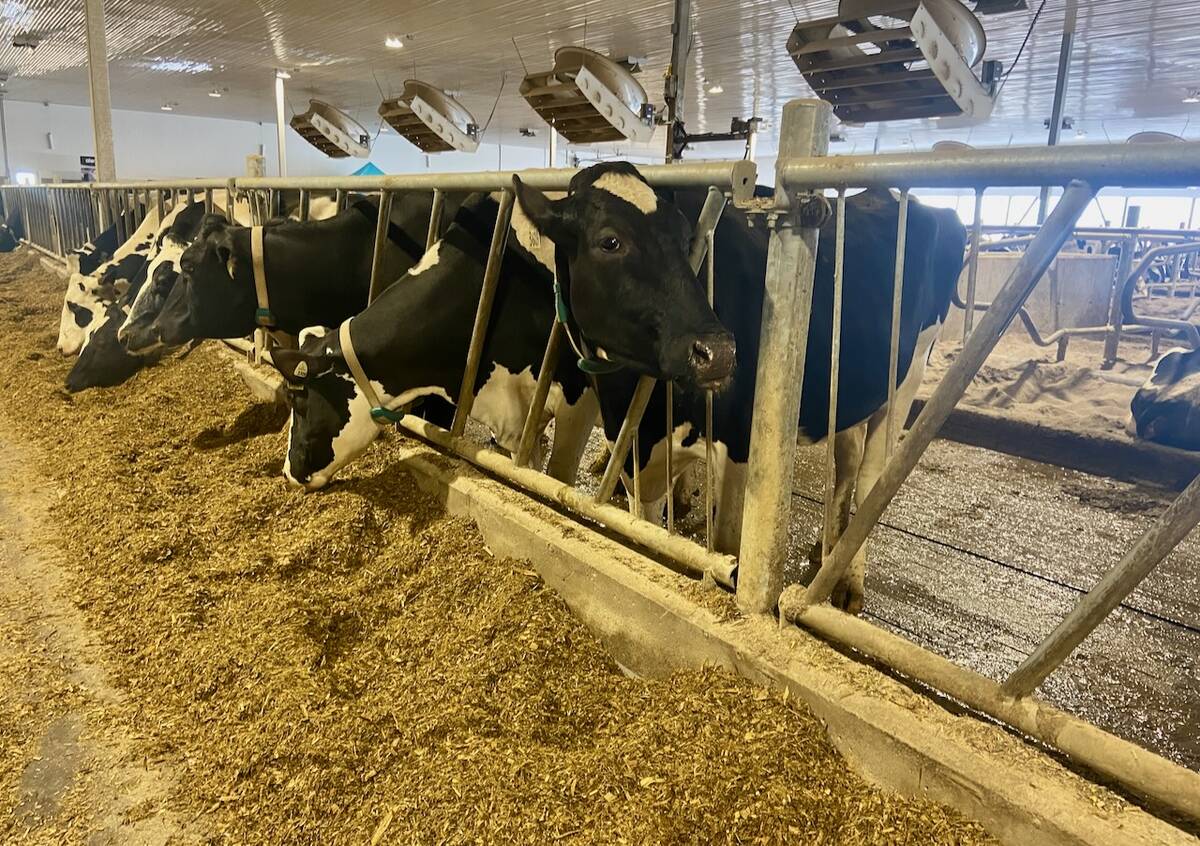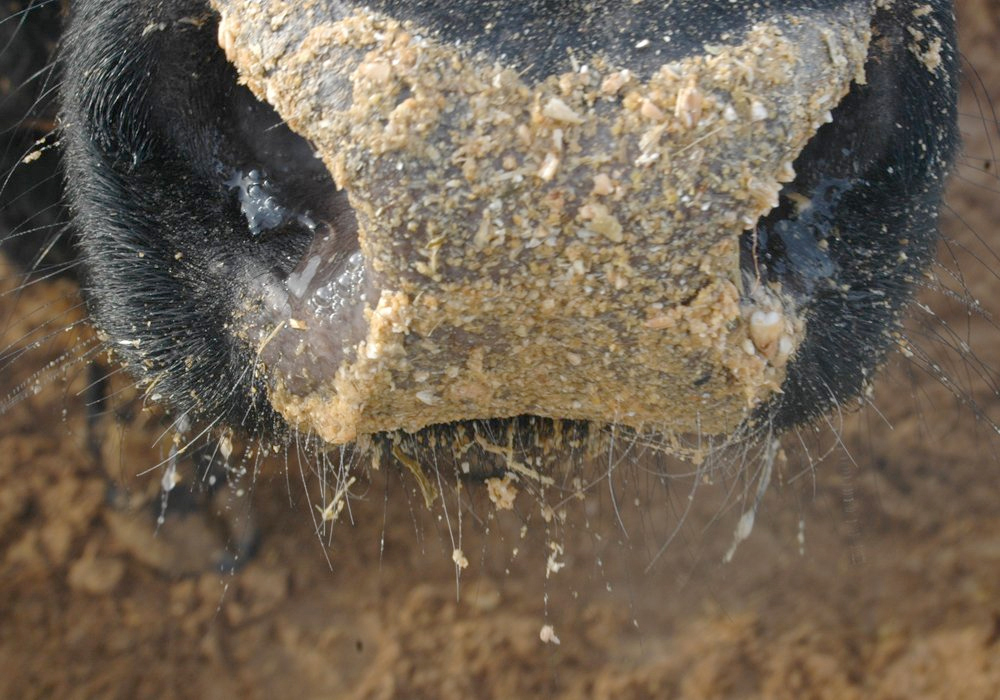Syngenta Seeds is promoting a new corn feed product that it says will increase feed efficiency in beef cattle, milk production in dairy cows and reduce methane emissions.
Animal scientist John Goeser has been working with Syngenta as a consultant evaluating the company’s Enogen corn feed in the dairy industry.
“There had been a bit of anecdotal experience within the last decade utilizing and feeding corn grain with the Enogen technology for feed yards and noting some animal performance differences — improved gains per pound of beef for example,” he said.
Read Also

U.S. farm group supports supply management
U.S. grassroots farm advocacy group pushing new agriculture legislation that would move towards supply management like Canada has for dairy industry
Those initial observations led to more research conducted by Kansas State and University of Nebraska.
That study found Enogen corn resulted in five percent efficiency gains, which also had the benefit of reductions in greenhouse gas emissions.
Goeser said research into Enogen in the dairy industry has shown there is also an impact in milk production levels.
Studies out of Penn State university have shown corn silage with Enogen has resulted in “an increase in feed conversion efficiency, milk production potential, a bit of a mitigation in methane per unit of milk produced,” said Goeser.
Syngenta estimates the potential financial savings could reach as high as US$208 per milking cow.
“I’ve been tied in with this group in quite a few different ways but it stems from the commercial feed tests at a commercial laboratory through to higher end animal feeding studies noting changes in starch digestibility and improved production efficiency,” said Goeser.
He credited Canadian producers who have been more at the forefront on the emissions side of production.
“We have a lot of technology at our disposal to try to achieve increased efficiency. That’s an increased emphasis from an economic standpoint,” said Goeser. “From an environmental stewardship standpoint and with greenhouse gas emissions becoming an increasingly important aspect of farming and our business, I don’t think the dairy industry quite grasps what is happening abroad and throughout the world.”
He specifically noted other countries’ mandates to reduce agricultural emissions.
“While there are a lot of tools available in my nutritionist or animal production toolbox to increase efficiency in terms of pounds of meat and milk per unit of feed acre consumed, there aren’t as many tools that have been evaluated and validated to reduce methane.”
He credited Syngenta for putting an emphasis on the emissions reduction side of Enogen, but he said it is becoming an industry trend to quantify the cause and effect of feed products.
“There is Enogen and then there is probably only one or two other technologies that have any bit of data behind them that might be at our fingertips from a methane mitigation standpoint,” he said.
















